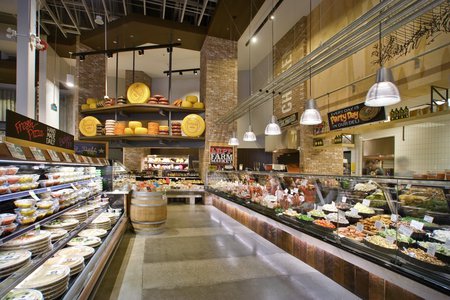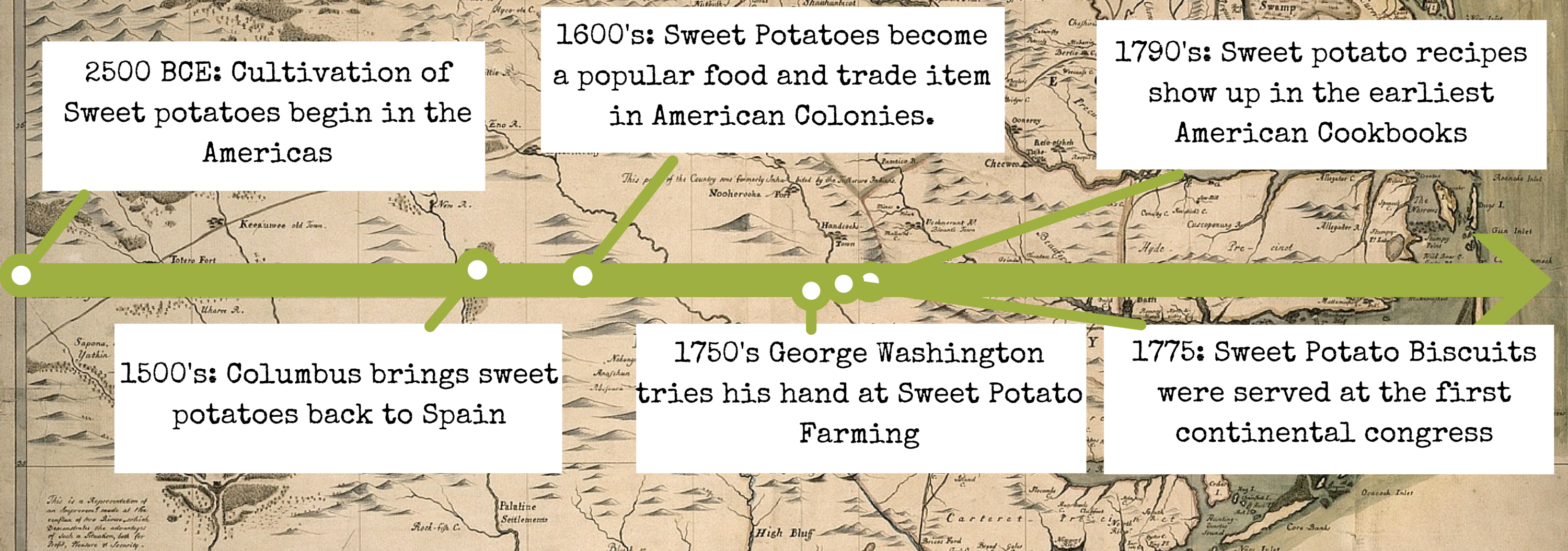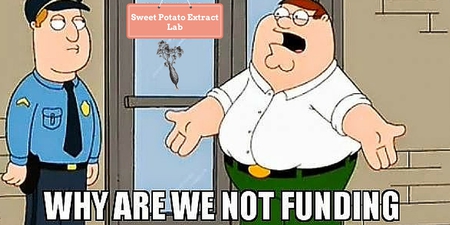
Blog
Netflix vs Blockbuster Repeated: It's Adapt or Die in the Grocery Industry
July 07, 2016
In the early months of the year 2000, Netflix CEO and co founder Reed Hasting had a meeting with Blockbuster’s CEO John Antioco about forming a partnership. During the meeting, John all but laughed Reed out of theoffice, citing that Netflix was still a niche business. Fast forward 16 years later and Netflix is a billion dollar company with 75 million subscribers, while Blockbuster is just a fond memory in many early millennials minds. This is one of the biggest “adapt or die” failures in recent history. The grocery industry is going through a similar trend. This “adapt or die” mentality has forced big grocery chains into acquisition, forced some into bankruptcy, and left some lost, tirelessly searching for a winning strategy. 2016 is a big year for the grocery industry. Here are 3 evolving market trends in the industry.

1.Smaller Stores- Traditional grocers have lost 15% of market share over the last decade and are forecasted to lose another 2.8% by 2018. As a result of this decline, traditional grocers have turned to smaller more intimate stores. Square footage of the American grocery stores has steadily declined in the past 20 years. This has caused stores to have fewer produce and product offerings. Even big box stores, like Costco, have begun consolidating and searching for new markets to enter. In fact, Costco has secretly been testing selling supplies specifically tailored to small business. You can read about it here.
As a result of this smaller store trend, many chains are looking for ways to conserve space. This is beginning to be more and more important because of the growing demand for prepared foods and customer satisfaction. This is fueled by the emergence of the buying power of the millennial generation. 9 out of 10 millennials prepare dinner at home 3+ times a week and 75% want to be better cooks. This generation values experience and demands a personal touch, which is why many stores are adding high end coffee shops, grills, bars and cooking classes. We will see more and more investments in the shopping experience in the next couple of years.
2.Authentication of Fresh Food- It is no secret that people love fresh food and produce, but now shoppers want evidence of the freshness of the food. This has caused many chains to both search for ways to provide that evidence, as well as, improve the efficiency of their processes to keep their items fresh. Enter BigData. BigData is basically large sets of data that needs specialized tools to organize and analyze. With the advent of new technologies, especially the cloud, grocery chains are now able to analyze all of their data throughout the supply chain. This means that they will have higher transparency with their customers and will increase the importance of the relationship with their suppliers.
3. Bioregions- Local food continues to be an important trend in the grocery industry. The problem is there is no specific definition of what “local” actually means. Does buying an apple from Washington, while in Washington count as local? Or does buying a Washington apple, while in Oregon count as local? This has heightened micro regional competition as local growers are pitted against each other and are excluded from opportunities in other regions. As a result, the emphasis on bioregions is beginning to take root in the industry. A bioregion is a region, whether it is a state, group of states, or geographic region that is known for growing a certain produce. This is not a brand new trend as we already have Idaho Potatoes and California Raisins, but we will start to see new regional branded items emerge.
It is an exciting time to work in the produce and grocery business. After years of static growth, grocers have begun to develop new technologies, new stores, and new strategies. This is all centered on the changing demographics and demands from the Millennial Generation. Many new grocery stores have changed their overall strategy and store layouts to make grocery shopping more of an experience rather than a chore. I am excited to see where the industry is going in the future as new innovative companies enter the market, like Amazon and Uber. As I like to say, innovation breeds change and without change there is failure.
Sweet Potatoes an American Story
June 29, 2016
It's almost 4th of July and I have always wondered what was more "American" sweet potatoes or apples. Not sure of apples place in America history, but check out this timeline and facts on sweet potatoes in America.
- The cultivation of sweet potatoes began in Central and South America in 2500BCE
- Columbus brought sweet potatoes back to Spain in 1500's
- The early colonies adopted the sweet potato and it became a popular food and trade item
- George Washington was a sweet potato farmer prior to joining the army
- Sweet Potato Biscuits were served at the First Continental Congress
- U.S. historians say easy-to-grow, highly nutritious sweet potatoes were a major factor in keeping hunger from the door through such tough times as the early European colonies, Revolutionary War, Civil War and Great Depression.
- George Washington Carver was born a slave, but revolutionized Southern agriculture as well as introduced 100's of new uses for sweet potatoes

Can sweet potatoes cure cancer? Some Doctors think so
June 14, 2016
It’s not a secret that sweet potatoes are one of the healthiest vegetables in the world. You can read about some of the health benefits in one of my previous articles titled Sweet Potato on Mars and Food is Medicine The Okinawan Fountain of Youth. Both articles point to the fact that sweet potatoes contain healthy carotenoids that have been proven to reduce the risks of cancer. This makes me wonder if sweet potatoes can reduce the risk of cancer can it also become a treatment? Let us explore this question by first analyzing the top two current and most effective treatment options for one of the most common cancers, prostate cancer.
1. Prostectomy- One of the most common treatments for prostate cancer is a prostectomy, which is a surgical procedure that removes the prostate gland and some of the surrounding tissues. With most surgeries there are some drawbacks. Depending on the patients physical health it can be a risky operation. Recent data points to a prostectomy as a viable option to treating most forms of prostate cancer. 75% of patients have made a full cancer free recover with no progression of the cancer for 10 years.
2. Radiation- Radiation therapy can be both a effective and detrimental treatment to prostate cancer patients. It is the most common treatment as over two thirds of patients will undergo some sort of radiation therapy. In the treatment, radioactive material is used to kill cancerous cells in specific or general area of the body. The problem is radiation cannot decipher between a healthy cell and a cancerous cell, so many times patients experience aggressive side effects. Radiation can be effective, but the side effects can be overwhelming for weaker of patients.
Researchers are hard at work to find better treatments and ways to decrease the risks of cancer. Instead of looking to synthetic solutions I suggest consulting Mother Nature. In fact, over 7,000 medicines are derived directly from plants. A lot of these medicines come from the Amazon, but a cancer treatment could be in our own backyard and on our plates. In a 2011 study scientists found that sweet potato green extract may have cancer fighting properties. Sweet potato green extract is used expansively in Asian and African medicine and can be produced by soaking the greens in an alcohol for extended period of time. The extract contains all of the vitamins and minerals that the potato itself contains in concentrated form, including polyphenol. Polyphenol’s are a type of antioxidant that has been proven to decrease the signs of aging and reduce the risk of certain illnesses, including cancer. In an experiment where sweet potato green extract was given orally to mice infected with prostate cancer, tumor growth was ‘remarkably inhibited’. Overall, cancer cell growth was decreased by 69%. Best of all the treatment had no toxicity side effects and is much more prevalent and easier to produce than any other treatment including radiation. The full scientific report can be read here. I am not saying that sweet potatoes could cure cancer, but it has been proven to reduce cancer cell growth, which makes me wonder “Why are we not funding this?”.